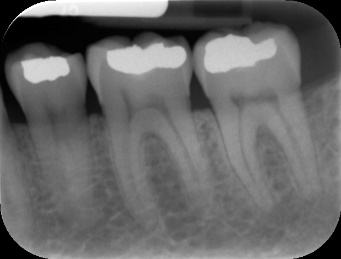The procedure is very simple. This is an intraoral type of X-ray, where the film is inside the mouth. The X-ray technician will give you all the instruction, place the film inside the mouth and adjust the tube. You have to take off all metal things you have on you before the procedure including jewelry.
Our Location
Call Us
Send a Mail
Working hours
9-6 PM Monday to Saturday

